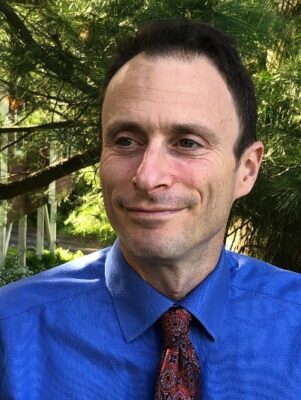Targeted measurements of volatiles or volatile precursors in grapes are useful for grape and wine quality evaluation, but these analyses are typically slow, and routine fee-for-service analyses are typically prohibitively expensive. Our group has previously demonstrated that sorbent sheets (SPMESH) could be used for rapid extraction of non-polar odorants from sample headspace. In the past year, we evaluated two novel extensions of SPMESH to make it more appropriate for analysis of semi-polar, lower volatility and non-volatile compounds (e.g. “Brett” phenols). We demonstrated that directly contacting the SPMESH with samples (“immersive” SPMESH) and pre-treating SPMESH sheets with organic solvents (“Swelled” SPMESH) could improve extractability of these analytes. However, due to technical challenges in real matrices, we are planning to evaluate alternative techniques going forward.
Objectives
- Using “immersive” SPMESH-DART-MS and a lower-cost triple quadrupole MS, develop and optimize a single platform for accurate, rapid quantification of volatiles important to grape quality evaluation.
- Evaluate new approaches (“swelled” SPMESH-DART-MS and Coated Blade Spray – MS) for selective extraction and subsequent analyses of non-volatile precursors.

About the Researcher
Dr. Gavin Sacks
Professor and Associate Chair, Department of Food Science, Cornell University
Dr. Sacks is a Professor and Associate Chair of Food Science at Cornell University. He received his B.S in Chemistry from the University of Virginia, and his PhD in Chemistry from Cornell University, before joining his current department in 2007. His research interests are in developing and utilizing state-of-the-art approaches for analysis of trace-level components associated with quality of wine and other beverages, with a special focus on mass spectrometry based tools. He teaches courses related to wine flavor chemistry and wine and grape analysis.
About our Research Program
Since its creation in 1985, NYWGF has sponsored an ambitious and comprehensive program in close coordination with the industry and academia. As with the promotion program, private sector funding is required to leverage the state matching funds. NYWGF’s annual research budget is normally between $350,000-$500,000 to support dozens of individual projects, mostly conducted by Cornell University’s New York State Agricultural Experiment Station in Geneva. Click here to view a list of funded research projects for the 2021-2022 fiscal year.
